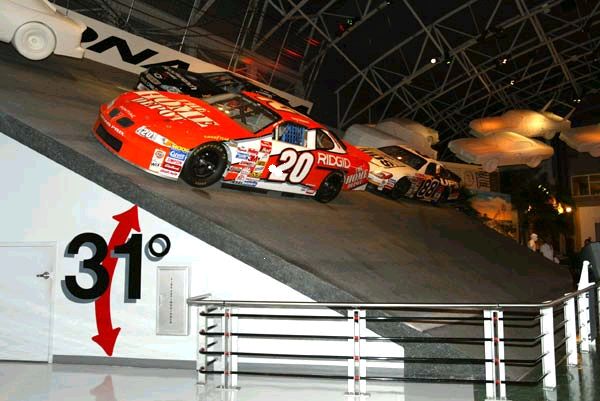
www.krusty-motorsports.com
Have you ever been driving down the road and approach a turn too fast? What happens? You and the car undergo centrifugal force and you as well as the car are pushed away from the turn, or up the grade also know as a superelevation. An engineer must balance this force raising the grade on one side of the road. It should be noted that under theoretical observations steering would be effortless but in order to provide these ideal conditions the friction factor would be zero and the vehicle weight would balance the centrifugal force¹. In the real world we have friction and cannot afford to build the extremely steep slope of ˜30º every time we need an off ramp or horizontal curve.
In order for the operator to comfortably maneuver a curve there are several variables that must be accounted for, the radius of the curve, friction and velocity. Radius length may depend on sight distance and right of way, or property lines as well as sight distance. Friction depends on the surface properties of various materials and climate. The slope and velocity are usually dependent on the variables just described. While building and designing these roads, it is industry standard to put 1/3 of the change in grade within the horizontal curve and 2/3 of the transition length on the tangent. In Layman’s terms, by the time the car approaches the first part of the curve, 2/3 of the grade has already been built. This assures smooth transition for the driver to maneuver the curve³.